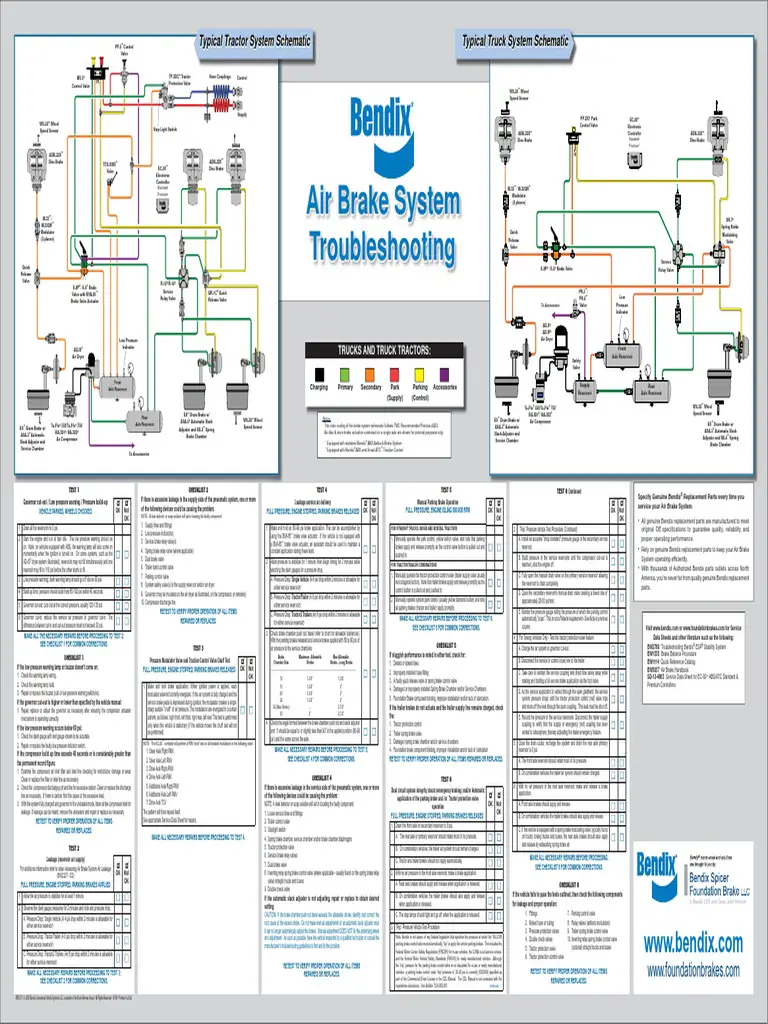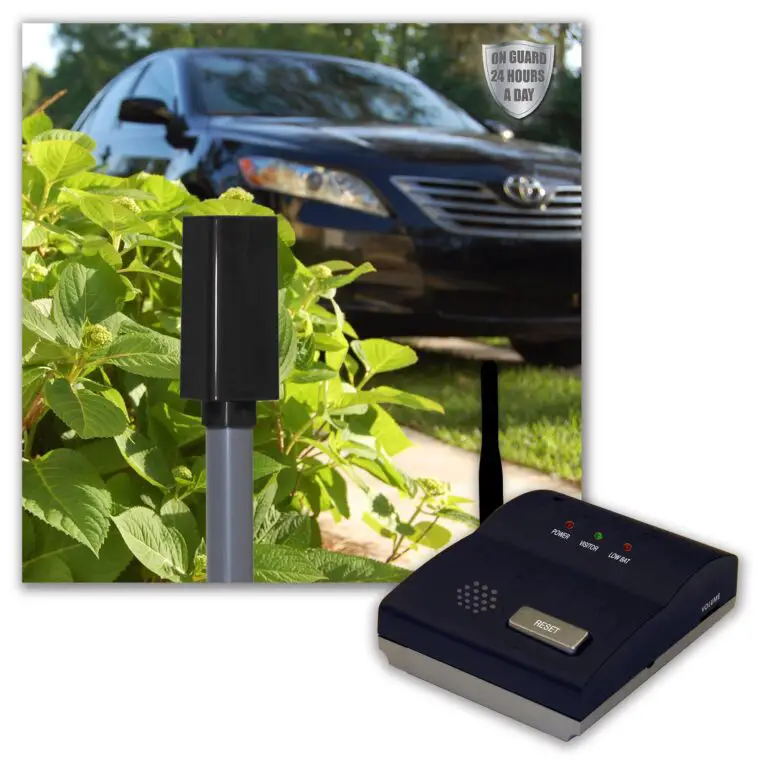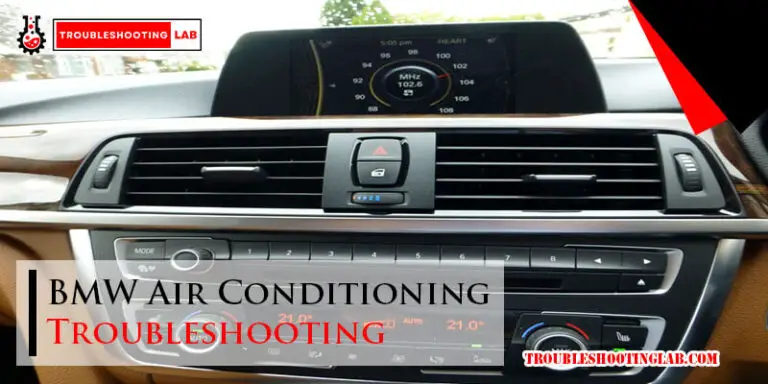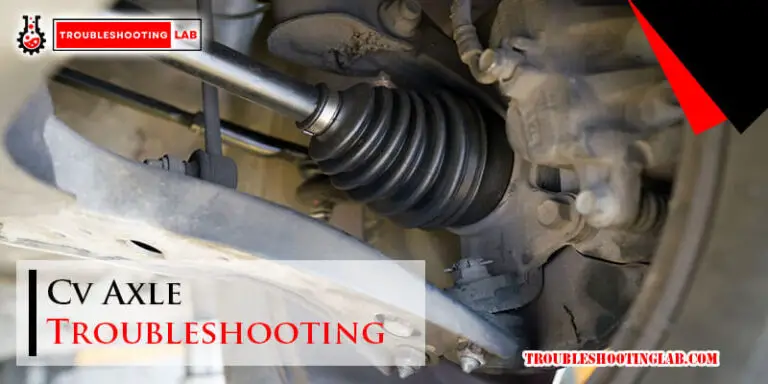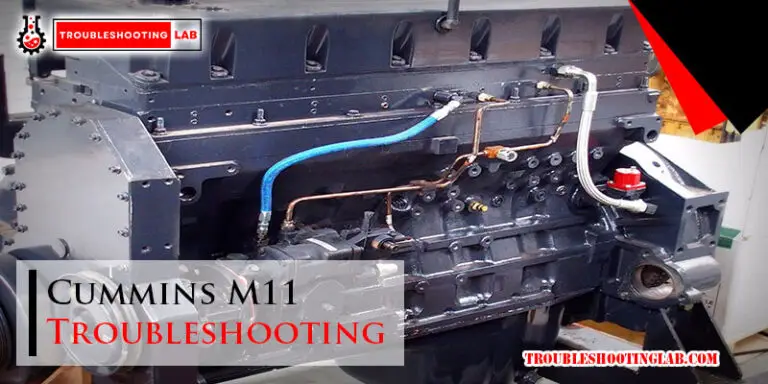Kawasaki Mule Troubleshooting Guide: Expert Tips for Easy Fixes
Owning a Kawasaki Mule can be a rewarding experience. However, like any vehicle, it can encounter issues.
Whether you use it for work or play, knowing how to troubleshoot common problems can save you time and money. This Kawasaki Mule Troubleshooting Guide will help you identify and fix common problems with ease. From engine issues to electrical faults, this guide offers practical solutions.
Understanding these troubleshooting steps can keep your Mule running smoothly and extend its lifespan. So, let’s dive in and explore how to keep your Kawasaki Mule in top shape, ensuring you get the most out of your vehicle every day.
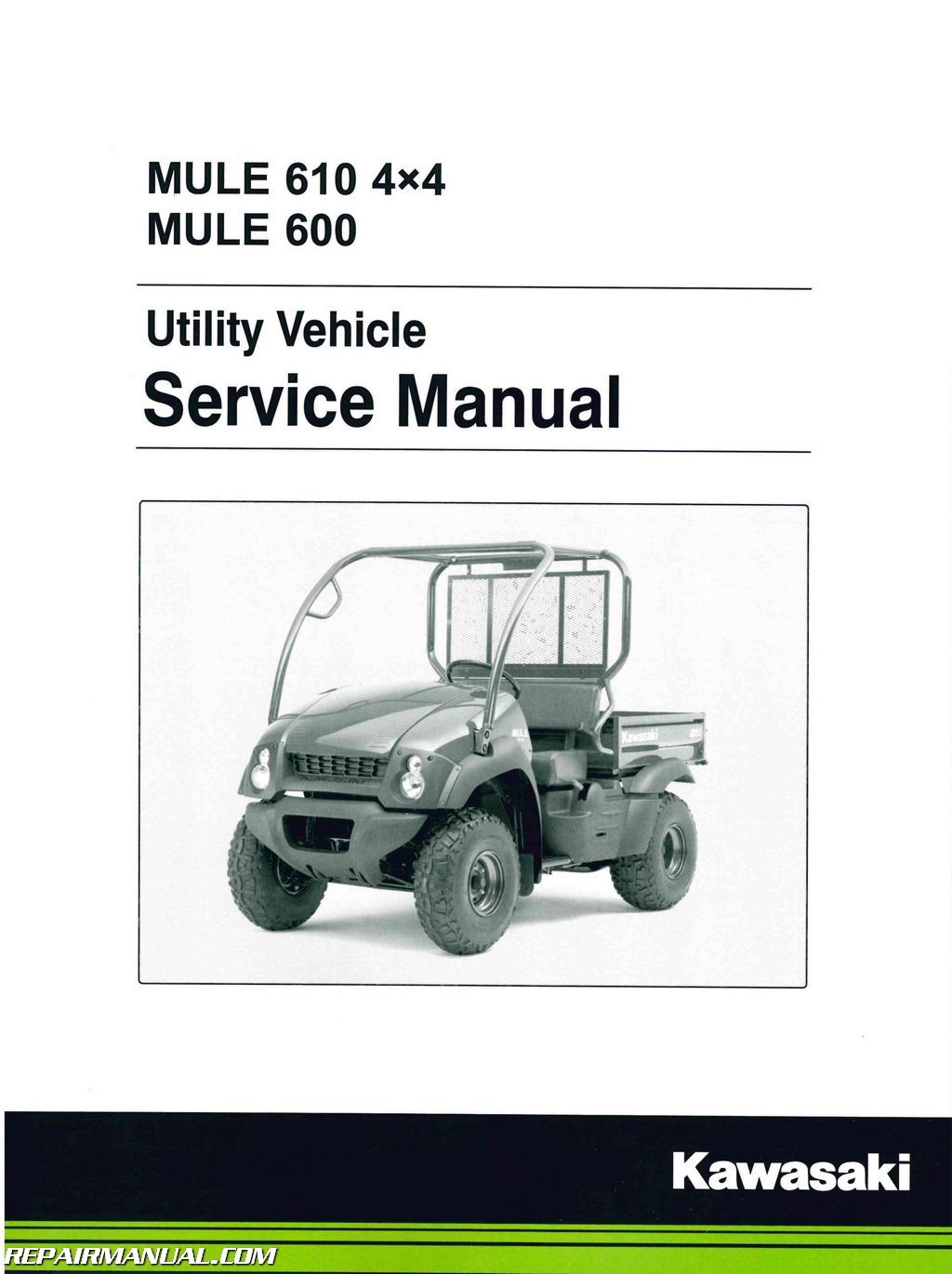
Credit: www.repairmanual.com
Common Issues
Owning a Kawasaki Mule can be a great experience. Yet, like any vehicle, it can have problems. Understanding these issues can help you fix them quickly. This guide will help you identify and solve common problems.
Starting Problems
Your Kawasaki Mule may not start for several reasons. Here are a few common causes:
- Dead Battery: Check if the battery is charged. A dead battery is a common reason for starting issues.
- Fuel Issues: Ensure there is enough fuel in the tank. Sometimes, old fuel can also cause problems.
- Spark Plug: Inspect the spark plug. If it is dirty or damaged, replace it.
- Ignition Switch: Faulty ignition switches can prevent the Mule from starting.
Battery Failures
Battery problems can be frustrating. Understanding the signs and solutions can help.
Signs of a failing battery:
| Sign | Description |
|---|---|
| Dim Lights | If the headlights are dim, the battery may be weak. |
| Slow Engine Crank | The engine cranks slowly when starting. |
| Clicking Sound | A clicking sound when turning the key indicates a battery issue. |
How to fix battery issues:
- Check the battery connections. Ensure they are clean and tight.
- Test the battery voltage. It should be around 12.6 volts when fully charged.
- If the battery is old, consider replacing it. Batteries usually last 3-5 years.
Engine Troubles
Kawasaki Mule engines are known for their reliability. Yet, they can face issues. Understanding and diagnosing these problems is crucial. This guide will cover two major engine issues: Overheating and Poor Performance.
Overheating
Overheating can damage your Kawasaki Mule’s engine. Common causes include:
- Low coolant levels
- Blocked radiator
- Faulty thermostat
Always check the coolant levels first. Ensure the radiator is clean. A clogged radiator prevents proper cooling. Replace the thermostat if it doesn’t open correctly.
| Symptom | Possible Cause | Solution |
|---|---|---|
| Engine overheating | Low coolant | Refill coolant |
| Engine overheating | Blocked radiator | Clean radiator |
| Engine overheating | Faulty thermostat | Replace thermostat |
Poor Performance
Poor performance affects the efficiency of your Kawasaki Mule. Common indicators include:
- Reduced power
- Increased fuel consumption
- Difficulty starting
Check the spark plugs first. Worn-out spark plugs reduce engine efficiency. Next, inspect the air filter. A dirty air filter restricts airflow. Finally, examine the fuel filter. A clogged fuel filter disrupts fuel flow.
| Symptom | Possible Cause | Solution |
|---|---|---|
| Reduced power | Worn spark plugs | Replace spark plugs |
| Increased fuel consumption | Dirty air filter | Clean or replace air filter |
| Difficulty starting | Clogged fuel filter | Replace fuel filter |
Transmission Problems
The transmission system in a Kawasaki Mule is crucial. It ensures the vehicle runs smoothly. But, like any machine, it can encounter issues. Identifying and fixing these problems is essential. This section covers two common transmission problems: shifting issues and gear slipping.
Shifting Issues
Shifting issues in a Kawasaki Mule can be frustrating. They can occur for several reasons. Here are some common causes and solutions:
- Low transmission fluid: Check the fluid level. Add more if it’s low.
- Worn clutch: Inspect the clutch. Replace it if it’s worn out.
- Dirty transmission fluid: Change the fluid if it looks dirty.
- Damaged shift linkage: Examine the linkage. Repair any damages.
Regular maintenance can prevent many of these issues. Always check the transmission fluid and clutch condition. Clean or replace components as needed.
Gear Slipping
Gear slipping is another common problem. It can affect the vehicle’s performance. Here’s a closer look at potential causes and solutions:
| Cause | Solution |
|---|---|
| Worn gears | Inspect and replace worn gears |
| Faulty transmission belts | Check and replace faulty belts |
| Low transmission fluid | Refill transmission fluid |
| Damaged drive shaft | Repair or replace drive shaft |
Gear slipping can indicate serious issues. Address these problems promptly. Regular maintenance checks can help avoid gear slipping. Always keep the transmission system in good condition.
Electrical System Faults
The electrical system in your Kawasaki Mule is crucial for its performance. Faults in the electrical system can lead to significant problems. This guide will help you troubleshoot common electrical issues.
Lighting Problems
Lighting problems can affect your safety. Start by checking the bulbs. Replace any burned-out bulbs immediately. Ensure the connections are secure. Loose connections can cause intermittent lighting issues.
Inspect the fuses next. A blown fuse can disrupt the entire lighting system. Replace any faulty fuses with new ones. If the problem persists, check the wiring. Look for any visible damage or corrosion.
Wiring Issues
Wiring issues can be tricky. Start by examining the wires for any signs of wear and tear. Damaged wires can cause electrical faults. Replace any frayed or broken wires promptly.
Ensure all connections are tight. Loose connections can lead to electrical problems. Clean any corroded terminals with a wire brush. Corrosion can hinder the electrical flow.
Use a multimeter to check for continuity. This can help identify any breaks in the wiring. Fix any identified issues to ensure smooth operation.
Brake Malfunctions
Experiencing brake malfunctions on your Kawasaki Mule can be frustrating. Properly working brakes are crucial for your safety. Let’s explore common brake issues and how to troubleshoot them.
Soft Brakes
Soft brakes are a common issue with the Kawasaki Mule. This problem can compromise your ability to stop quickly.
- Check Brake Fluid Level: Low brake fluid can cause soft brakes. Ensure the brake fluid is at the correct level.
- Inspect Brake Lines: Look for any leaks or damage in the brake lines. Damaged lines need immediate replacement.
- Bleed the Brakes: Air in the brake lines can also result in soft brakes. Bleeding the brakes can remove trapped air.
Brake Noise
Brake noise is another common issue. It can be annoying and signal a potential problem.
- Check Brake Pads: Worn-out brake pads often cause noise. Replace them if necessary.
- Inspect Rotors: Warped or damaged rotors can also create noise. Check for any signs of wear or damage.
- Lubricate Moving Parts: Lack of lubrication in brake components can lead to squeaking. Apply brake lubricant to moving parts.
Regular maintenance of your Kawasaki Mule’s brakes is essential. Follow these steps to ensure your brakes are always in top condition.
Steering Difficulties
Steering difficulties in your Kawasaki Mule can make your ride uncomfortable. These issues can also affect your safety. Identifying and fixing these problems is crucial.
Hard Steering
Hard steering is one common issue. It means the steering wheel is tough to turn. This can be caused by low power steering fluid. Check the fluid level first. Add more if it’s low. Another cause could be worn-out steering components. Inspect the steering rack and tie rods. Replace any worn parts. Proper lubrication is also essential. Grease all steering joints regularly.
Steering Wheel Vibration
Steering wheel vibration is another frequent problem. It makes driving unpleasant and can signal deeper issues. Unbalanced tires are a common cause. Check tire balance and align them if needed. Damaged wheel bearings can also cause vibrations. Inspect the bearings for wear and tear. Replace faulty ones. Loose or damaged suspension parts can contribute too. Tighten or replace any loose parts to fix the issue.
Suspension Issues
Suspension issues in your Kawasaki Mule can affect your ride quality. Proper suspension ensures a smooth and safe ride. Faulty suspension can lead to various problems. This guide helps you troubleshoot common suspension issues.
Rough Ride
A rough ride indicates suspension problems. Check the shock absorbers first. Worn-out shocks can’t absorb bumps well. Replace them if needed. Also, examine the springs. Broken or weak springs can cause a bumpy ride. Ensure all parts are in good condition. Regular maintenance helps avoid rough rides.
Uneven Tire Wear
Uneven tire wear often points to suspension issues. Inspect the alignment of your Kawasaki Mule. Misalignment causes tires to wear unevenly. Adjust the alignment if necessary. Check the ball joints and bushings. Worn parts can affect tire wear. Replace any damaged components. Proper suspension maintains even tire wear.

Credit: www.youtube.com
Routine Maintenance
Routine maintenance keeps your Kawasaki Mule running smoothly. This guide covers essential tasks. Regular upkeep extends your vehicle’s life and ensures safety.
Oil Changes
Changing the oil is vital for engine health. Use the recommended oil type. Check the oil level regularly. Replace the oil every 100 hours of use. Warm the engine before draining old oil. This helps remove impurities.
Use a wrench to remove the drain plug. Let the oil drain completely. Replace the drain plug and tighten it securely. Fill the engine with fresh oil. Check the oil level with the dipstick. Add more oil if needed. Dispose of old oil properly. Never pour it down the drain.
Filter Replacements
Filters keep the engine clean. They trap dirt and debris. Replace the oil filter during each oil change. This ensures clean oil circulates. Locate the oil filter and remove it with a filter wrench. Install a new filter by hand. Tighten it securely. Fill the filter with fresh oil before installing.
Air filters also need regular replacement. Dirty air filters reduce engine performance. Check the air filter every 50 hours of use. Remove the air filter cover. Take out the old filter and inspect it. If it is dirty, replace it. Install a new filter and secure the cover.
Diy Fixes
Do you own a Kawasaki Mule and facing some issues? DIY fixes can save you time and money. With basic tools and a step-by-step approach, you can handle many common problems yourself.
Basic Tools Needed
Before you start, gather some basic tools. A wrench set is essential. You will also need a screwdriver set. Pliers come in handy for many tasks. Don’t forget a multimeter for electrical checks. Keep some rags nearby to clean up messes.
Step-by-step Repairs
First, check the battery if your Mule won’t start. Use the multimeter to test the voltage. It should read around 12.6 volts. If it’s lower, charge the battery or replace it.
Next, inspect the spark plug if the engine runs rough. Remove the spark plug using a spark plug wrench. Check for any signs of wear or damage. Replace it if necessary.
Clean the air filter if your Mule loses power. Locate the air filter housing and remove it. Clean the filter with compressed air or replace it if very dirty.
Check the fuel system if the engine stalls. Ensure there is enough fuel in the tank. Inspect the fuel lines for any leaks or blockages. Replace damaged fuel lines as needed.
Inspect the brakes if you hear squealing noises. Check the brake pads for wear. Replace them if they are thin. Also, check the brake fluid level and top it up if low.
With these simple steps, you can fix many common issues. Always follow the instructions in your Mule’s manual for safety. Keep your Mule in top shape with regular maintenance.
Credit: ftp.goathouserefuge.org
Frequently Asked Questions
How Do I Reset The Kawasaki Mule?
Locate the reset button under the seat. Press and hold for 5 seconds.
What Causes A Kawasaki Mule Not To Start?
Check the battery, fuel supply, and ignition switch. These are common issues that prevent starting.
Why Does My Kawasaki Mule Overheat?
Overheating is often due to low coolant levels or blocked radiators. Check and refill coolant, clean radiators.
How Do I Troubleshoot Kawasaki Mule Electrical Issues?
Inspect the fuses, wiring, and battery connections. Replace any blown fuses and repair damaged wires.
What Should I Do If My Kawasaki Mule Loses Power?
Check the air filter, fuel filter, and spark plugs. Clean or replace them if they are dirty or worn.
Conclusion
Troubleshooting your Kawasaki Mule can seem challenging, but it’s manageable. Follow this guide to diagnose common issues. Regular maintenance helps prevent problems. Check your manual for more details. Keep your Mule in top shape to enjoy reliable performance. Always ensure safety while working on your vehicle.
Happy riding!

